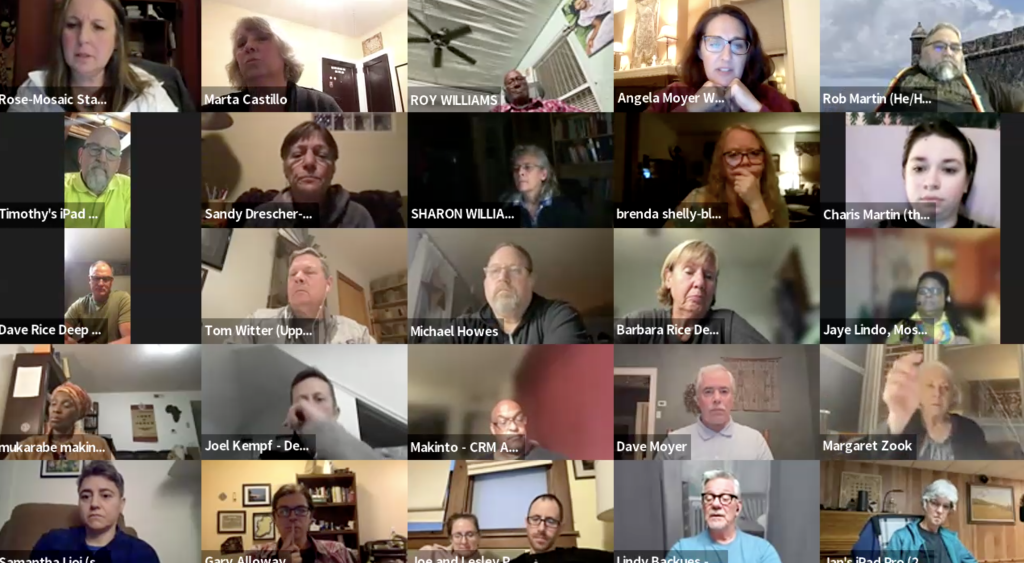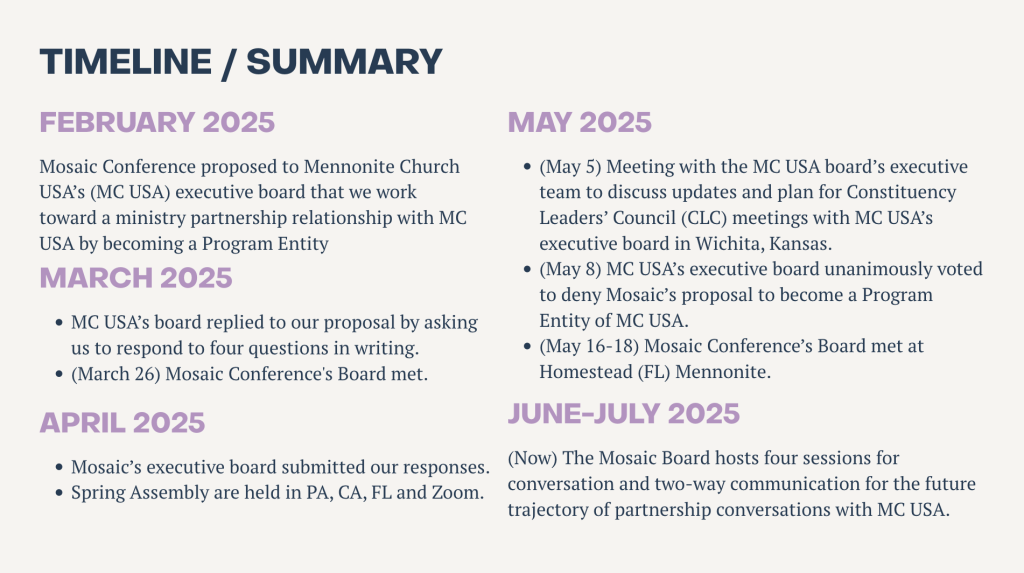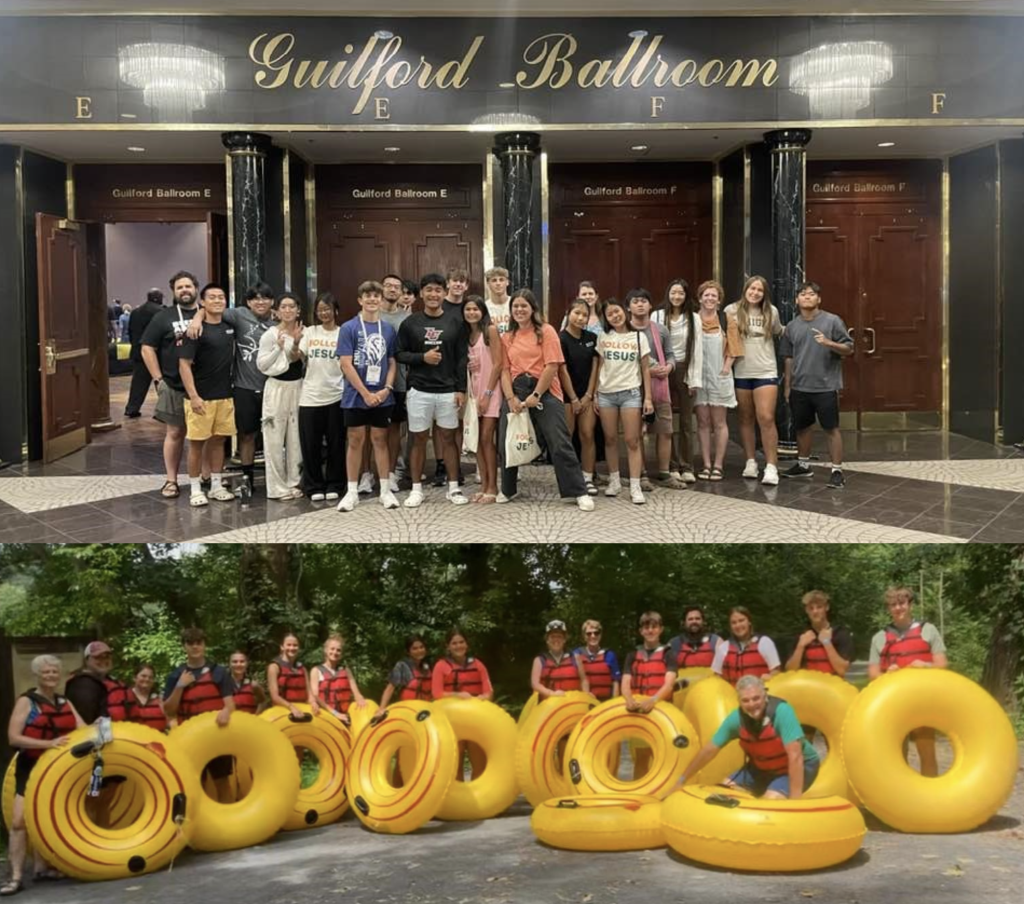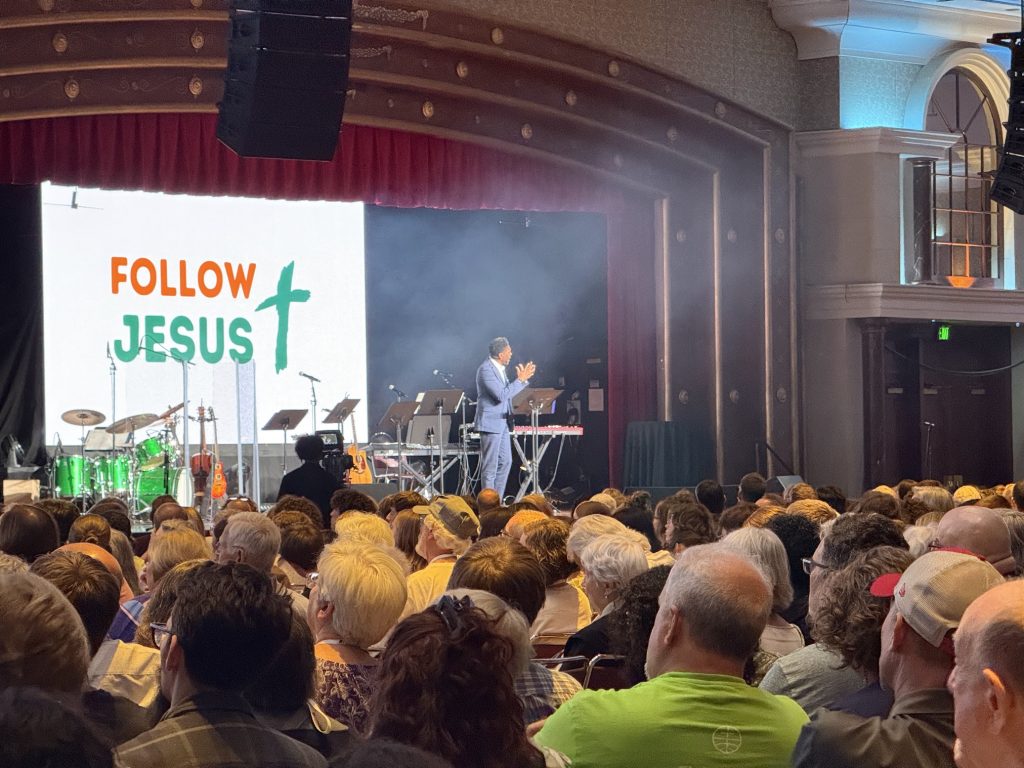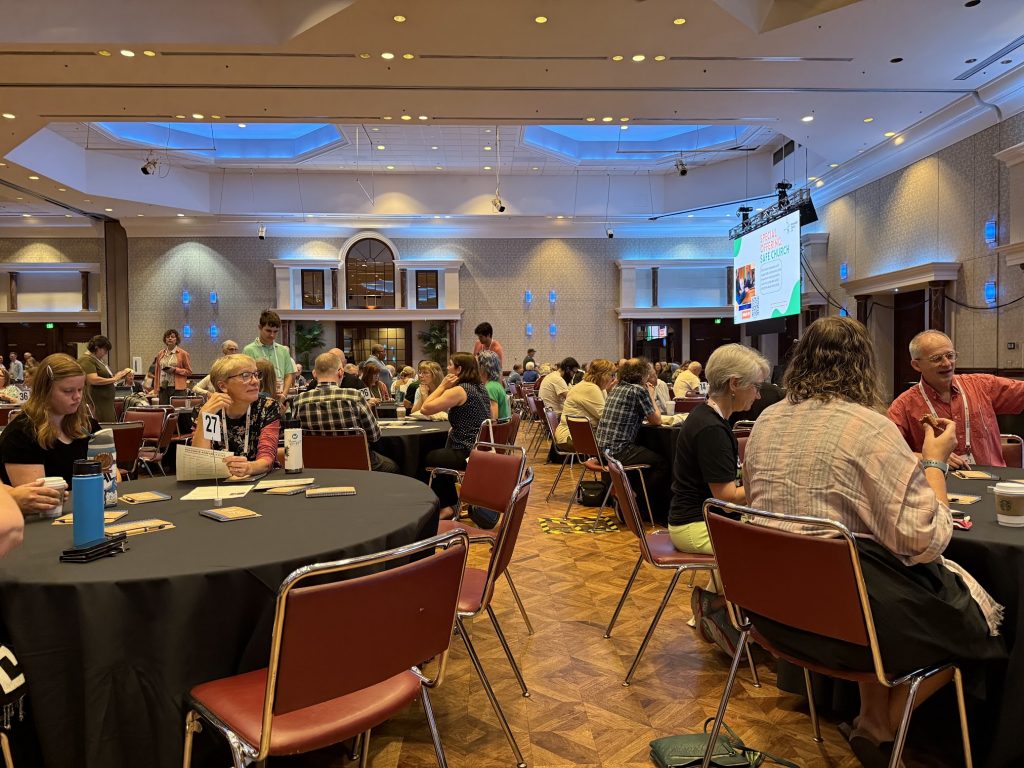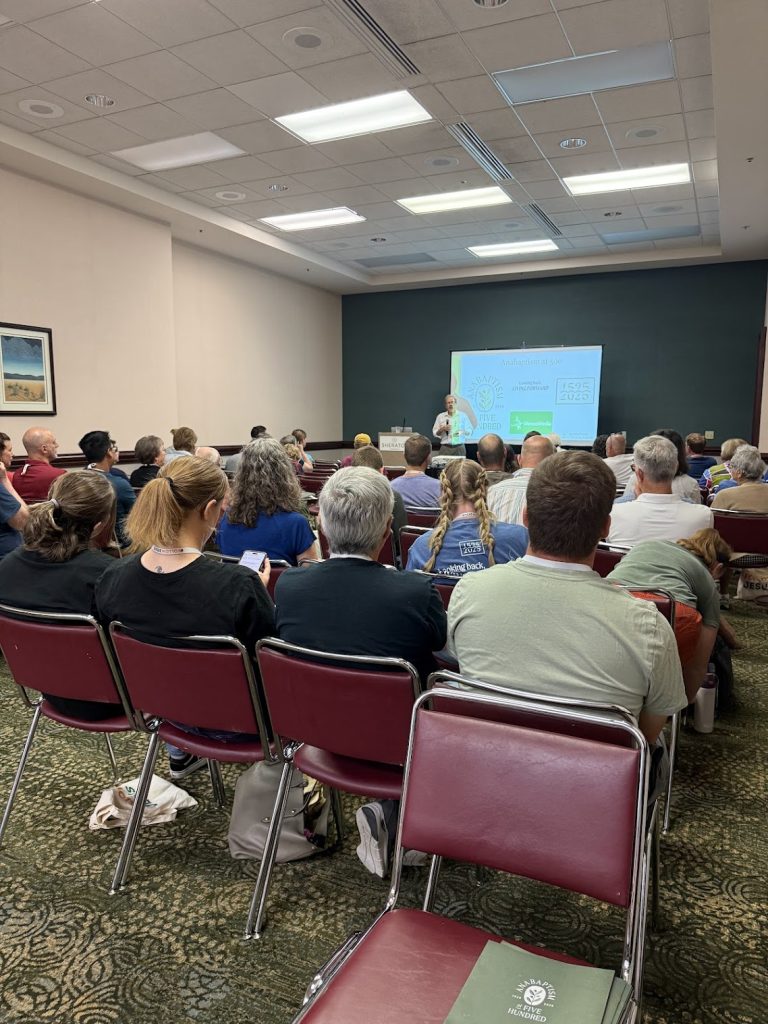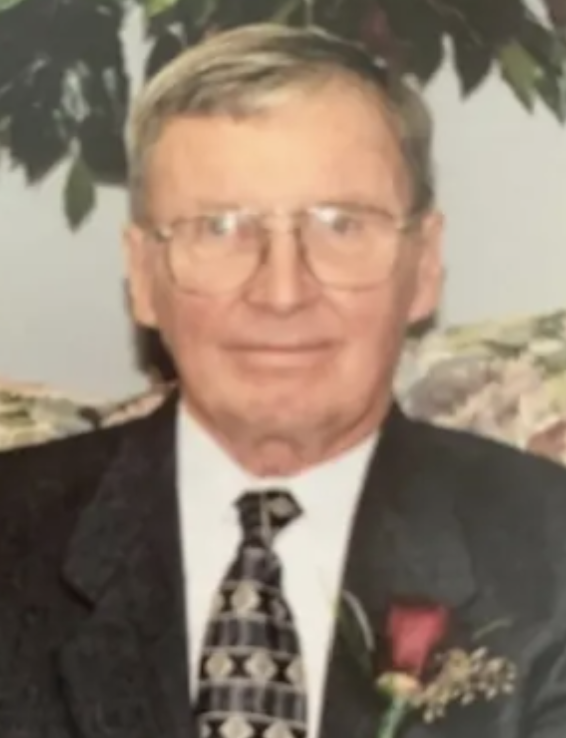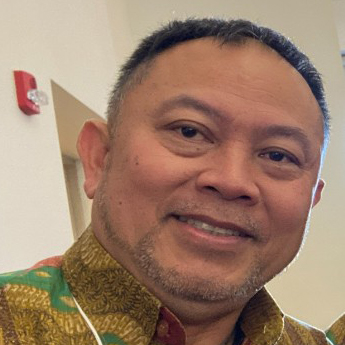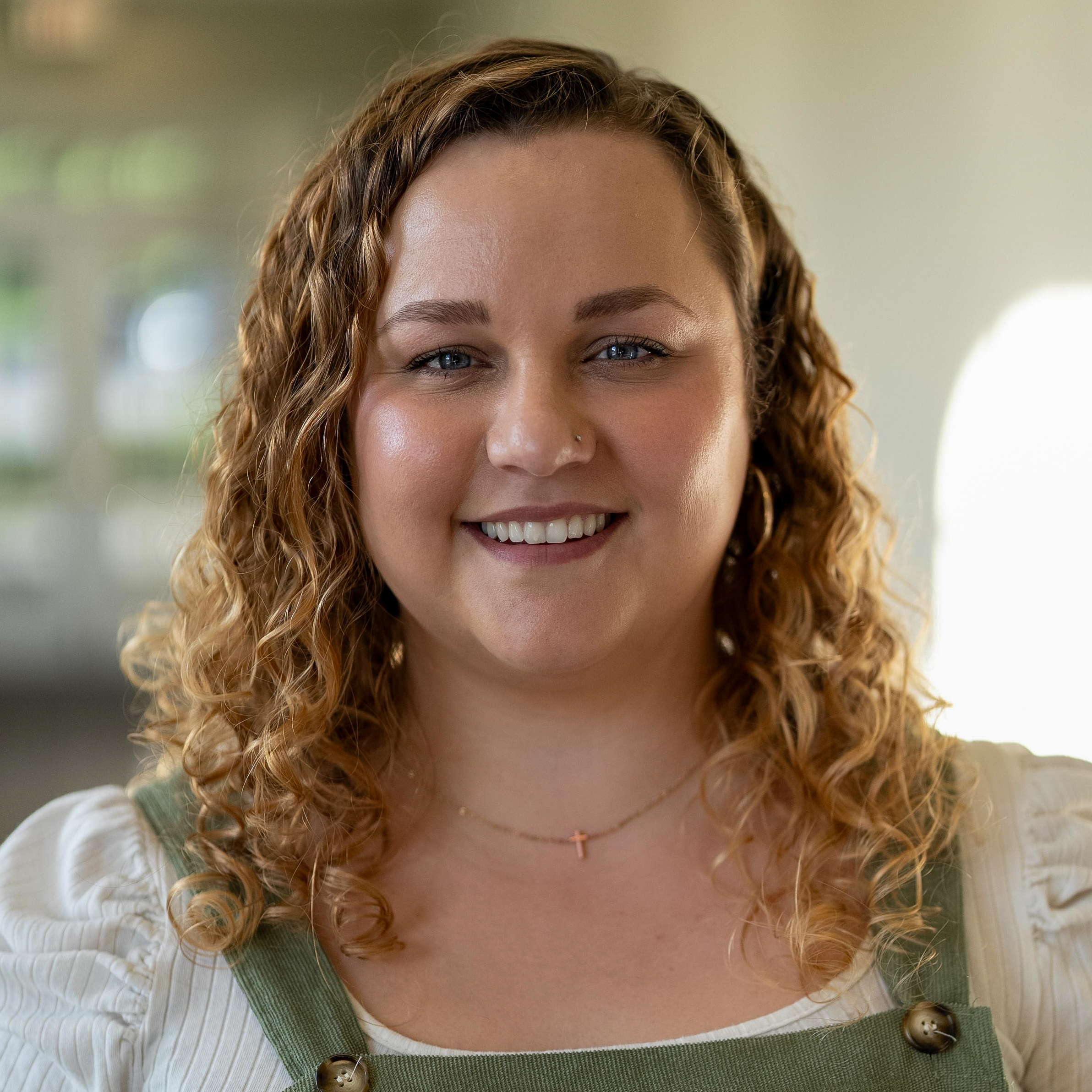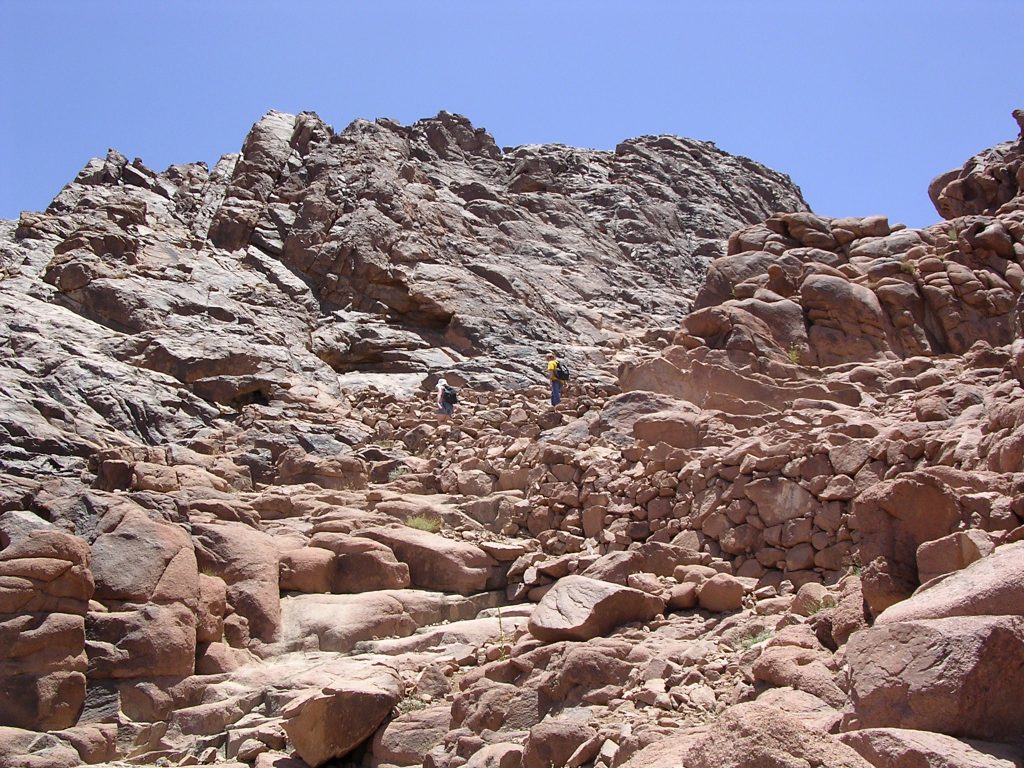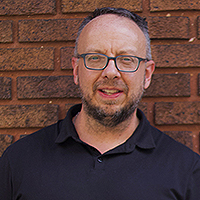by Josh Meyer, Financial Representative for Everence
Note: a version of this post first appeared on Josh’s “Faithful Finance” website. To read the original column and for free access to additional articles, visit FaithfulFinance.substack.com.
Money touches nearly every part of our lives—how we live, what we prioritize, what we worry about, and what we hope for. But too often, we treat finances like a separate category—over here on the “practical” side of life—while keeping faith on the “spiritual” side.
That divide is artificial. And unhelpful. Because every financial decision we make is also a spiritual one. Jesus said it best: “Where your treasure is, there your heart will be also.” — Matthew 6:21
He wasn’t saying, “Don’t have treasure.” He was saying, “Pay attention to what your treasure reveals about your heart.”
The Spiritual Nature of Financial Decisions
Let’s start with a basic but bold claim: Money is spiritual. Not because it’s holy in itself—but because it shapes what we love, how we trust, and what we fear. That means how we handle money isn’t just a practical matter—it’s a discipleship issue.
Here’s what I’ve learned, both as a pastor and now as a financial advisor:
- People don’t just want strategies. They want peace.
- They don’t just want to be “better with money.” They want to feel like their money means something.
- They want freedom—from fear, from pressure, from shame—and to feel like they’re living with purpose.
Sound familiar?
These are spiritual longings. And we bring them into every budget, every investment, every giving decision—whether we know it or not.
Reframing the Way We See Money
So, what if we stopped asking:
- “Am I making enough?”
- “Am I spending too much?”
- “Am I saving the right way?”
…and started asking:
- “Does the way I use money reflect what I truly value?”
- “Am I trusting God in how I earn, save, give, and spend?”
- “Does my financial life support the kind of person I believe I’m called to be?”
When we shift the questions, we shift the outcomes.
A Simple Starting Point
This week, I invite you to reflect on one question:
Where do my financial decisions and my faith most clearly align—and where do they feel disconnected?
Be honest. This isn’t about guilt; this is about awareness. You don’t need to have it all figured out. You just need to start paying attention to what your financial life is saying—and whether that story matches the one you want to live.
What’s Next
Over the next few weeks, we’ll keep digging into this theme:
- How faith convictions shape economic life
- What Jesus teaches about money and the Kingdom of God
- How to move from separation to integration, with real-world examples
Then throughout the year, we’ll explore a range of topics related to faith and finance. Each monthly theme will unfold in 4 weekly posts that offer biblical insights, real-world stories, practical tools, and actionable steps.
Here’s an overview of where we’re headed.
Jul – Why Faith and Finances Belong Together
Aug – Stewardship Over Ownership
Sep – Simplicity in a Culture of Excess
Oct – Investing as Discipleship
Nov – Earning with Integrity
Dec – Giving as Resistance and Renewal
Jan – Debt, Freedom, and Trust
Feb – Mutual Aid in Modern Times
Mar – Creation Care and the Economy
Apr – Justice and Global Economics
May – Faith & Finances in Family Life
June – A Vision for the Long Haul
Want to Join the Journey?
You don’t have to read every post. But if you want to think more clearly, live more freely, and give more generously,
Let’s build a financial life that reflects the Kingdom. Not just one that works. One that witnesses.

Josh Meyer
Joshua Meyer is a Financial Representative in the Souderton, Pennsylvania office and combines his deep faith background with helping churches and individuals combine their faith with financial decisions.
Josh was most recently Pastor of Preaching and Discipleship at Franconia Mennonite Church for 11 years. He serves as Leadership Minister with Mosaic Mennonite Conference, providing accompaniment to four congregations. Josh is also an adjunct professor at Eastern University in the Communication Department. He serves on the Board of Directors for Living Branches and at Dock Mennonite Academy.

